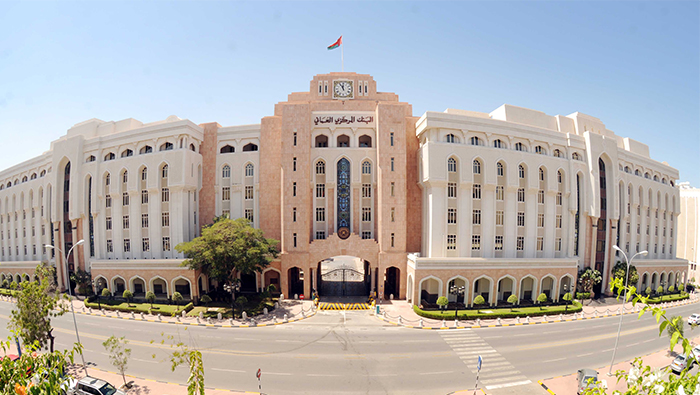
Muscat: Financial stability in the Sultanate of Oman has remained largely unshakable and reflects the strength of the the country's financial foundations despite ongoing global uncertainty.
Oman’s banking sector enjoys a good level of resilience, supported by the availability of sufficient capital reserves, high-quality assets, and adequate liquidity, according to a new CBO report.
“Solvency stress tests confirmed the sector's ability to withstand severe financial shocks, and that all banks are capable of absorbing potential liquidity pressures and maintaining liquidity coverage ratios above the regulatory minimum,” the Central Bank of Oman (CBO) said in its latest Financial Stability Report (FSR) 2025 on Tuesday.
The report, provides a comprehensive and forward-looking assessment of the financial system in the Sultanate of Oman. Based on the bank's commitment to transparency and accountability, the report goes beyond simply identifying potential risks to highlight the resilience of the financial sector and its ability to adapt and evolve.
The report reflects the strength of the Sultanate of Oman's financial foundations, the confidence of its institutions, and its ability to thrive in light of local and global changes. It affirms Oman's steady path toward long-term stability, sustainable growth, and shared prosperity.
The FSR report further elaborated that Oman’s banking sector also maintained its profitability, while non-banking financial institutions witnessed a gradual expansion, reflecting their increasing role in providing financial services.
The results of the Composite Financial Stability Index showed positive trends, supported by favourable factors, most notably rising oil prices, enhanced debt sustainability, and improved systemic risk indicators.
The report also noted growing international confidence in the performance of the national economy, as evidenced by the upgrade of the sovereign credit rating to investment grade by Moody's and Standard & Poor's. This is largely attributed to prudent financial and economic management and improved public debt levels in the country.
The FSR report reviewed the results of both the Systemic Risk Survey, which demonstrated continued confidence in the Omani financial system, and the Credit Conditions Survey, which reflected overall stability in lending trends despite some minor easing of credit availability. These results reinforce the positive impression among participants and support continued confidence in the stability of the financial sector.
In the area of enhancing financial awareness, the bank conducted a survey to assess the public's level of awareness regarding financial matters. The results showed relatively high levels of financial literacy and reflected respondents' cautious behaviour in managing money.
As part of regulatory and supervisory reforms, the new Banking Law and the Central Bank of Oman's Board of Directors were issued, a step aimed at strengthening the legal and supervisory framework in line with the development of the financial sector and ensuring effective response to the requirements of the modern financial system. The amended Deposit Protection Law was also issued to ensure a more comprehensive and flexible financial system, in line with international standards.
The report affirmed that the Central Bank of Oman continues its commitment to enhancing the resilience of the national financial system through proactive monitoring, sound regulatory reforms, and sustainable financing initiatives, while continuing to maintain financial stability and support sustainable economic growth by monitoring emerging risks and adapting monetary policy tools accordingly.
Since its first publication in 2013, the Financial Stability Report has been a key reference for those interested and interested in financial and economic affairs, providing in-depth analyses of potential vulnerabilities and strategic measures.